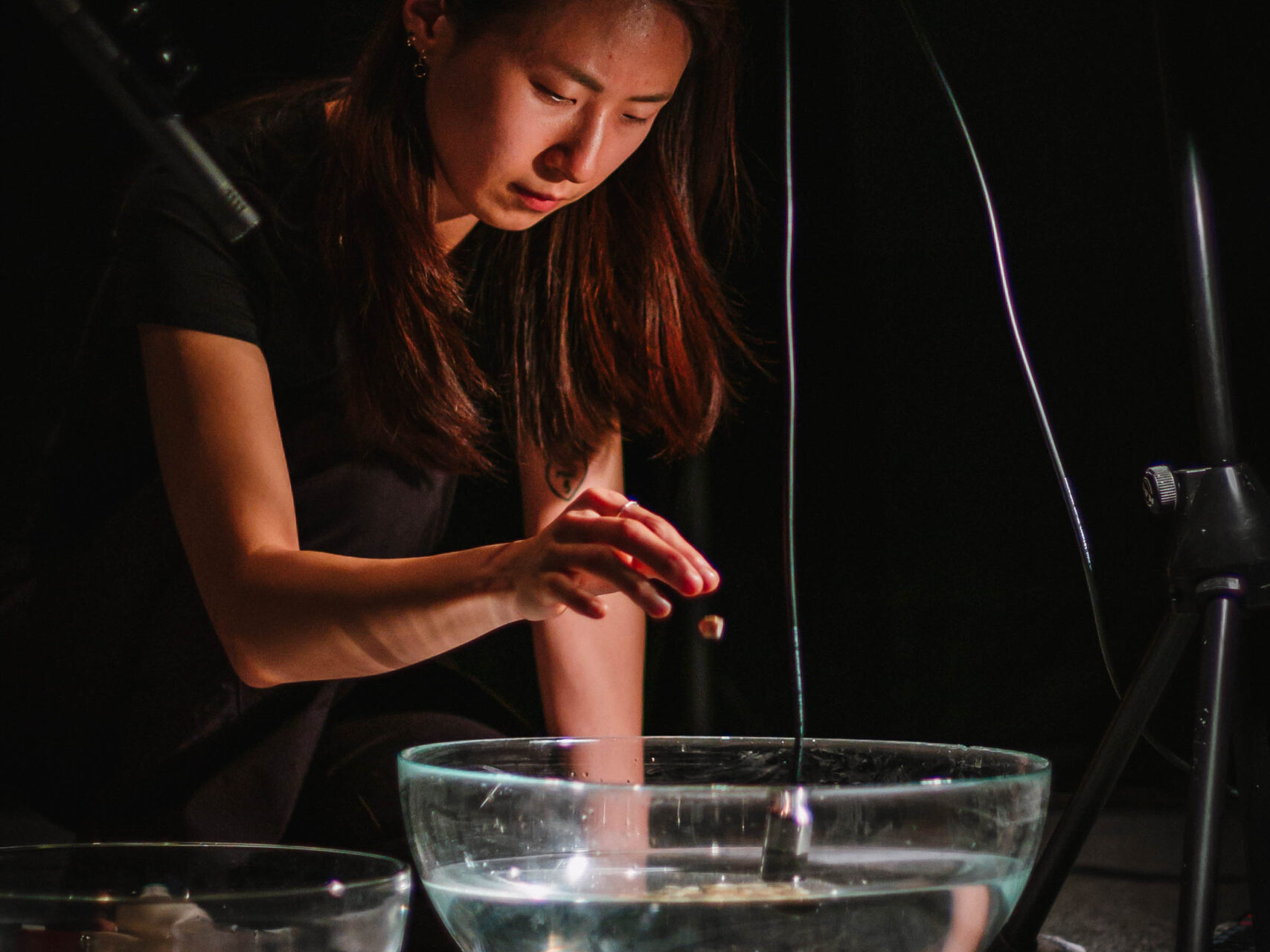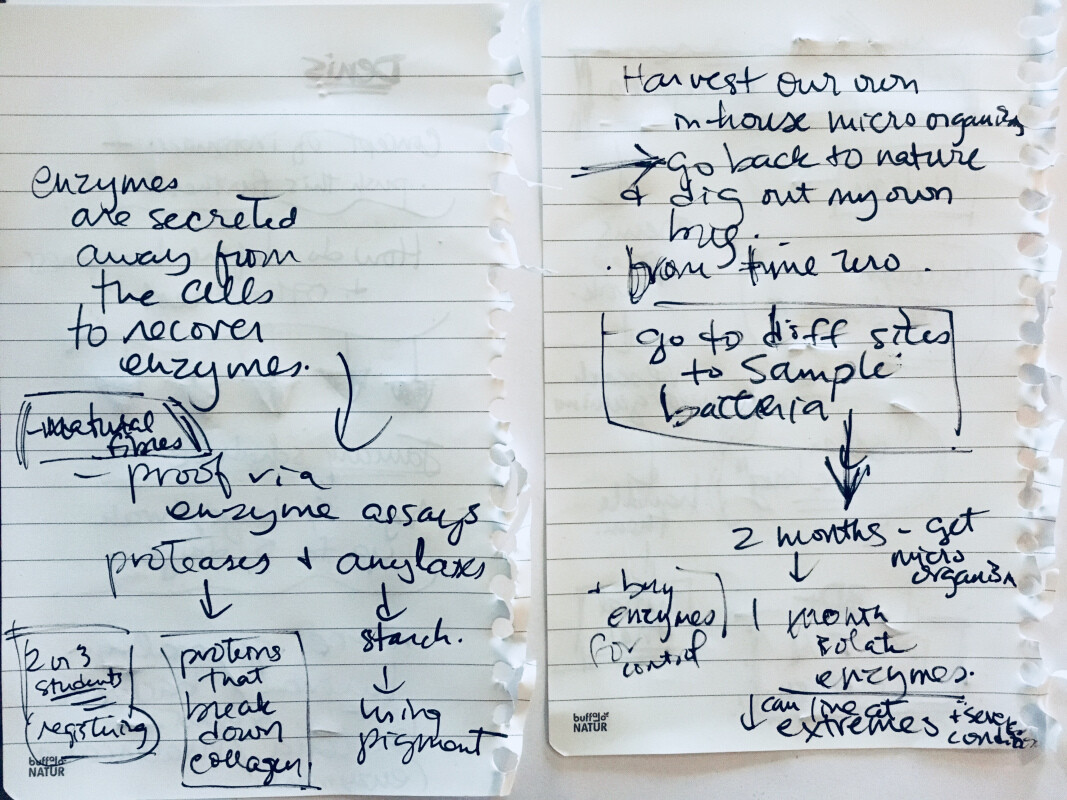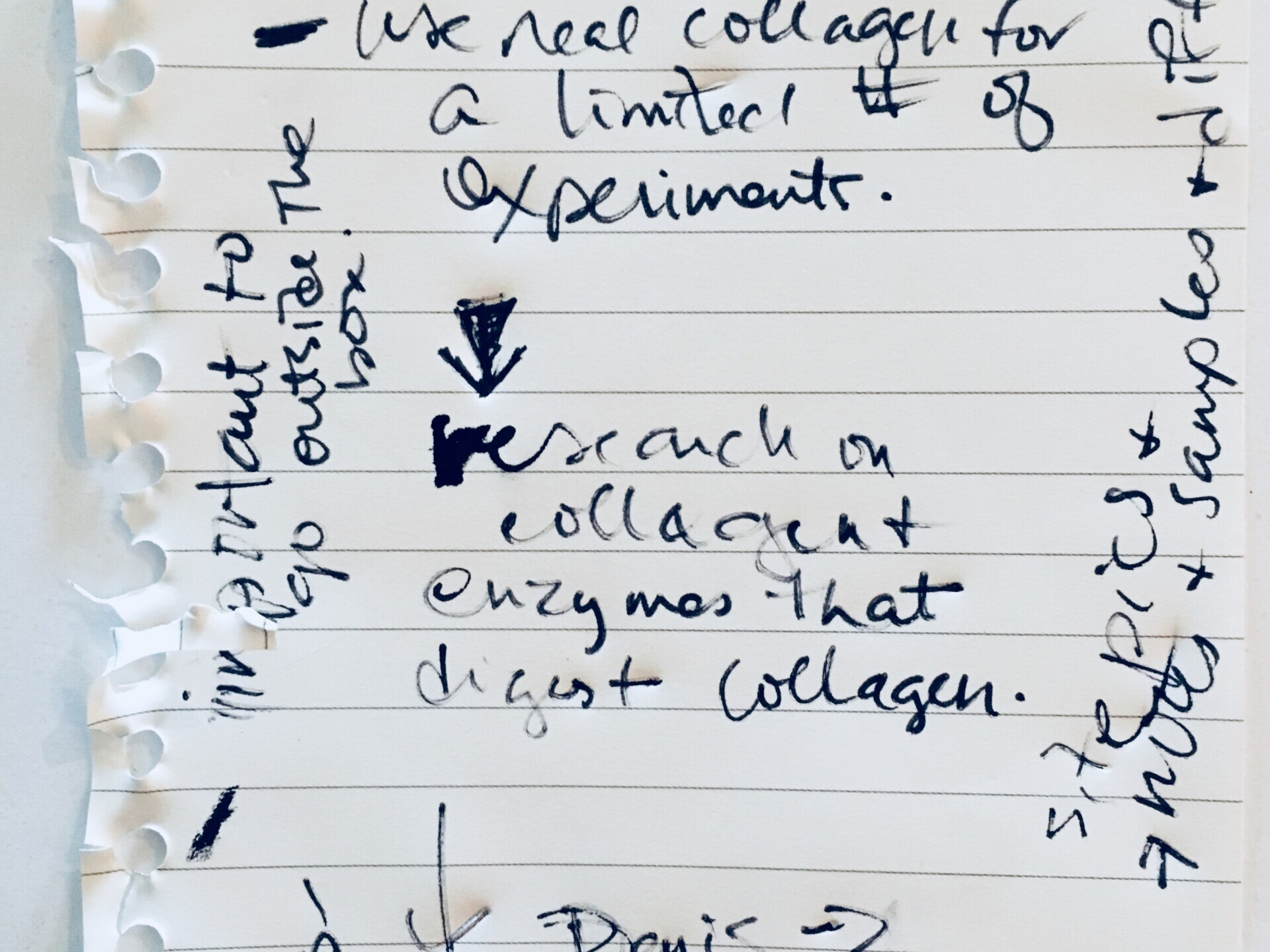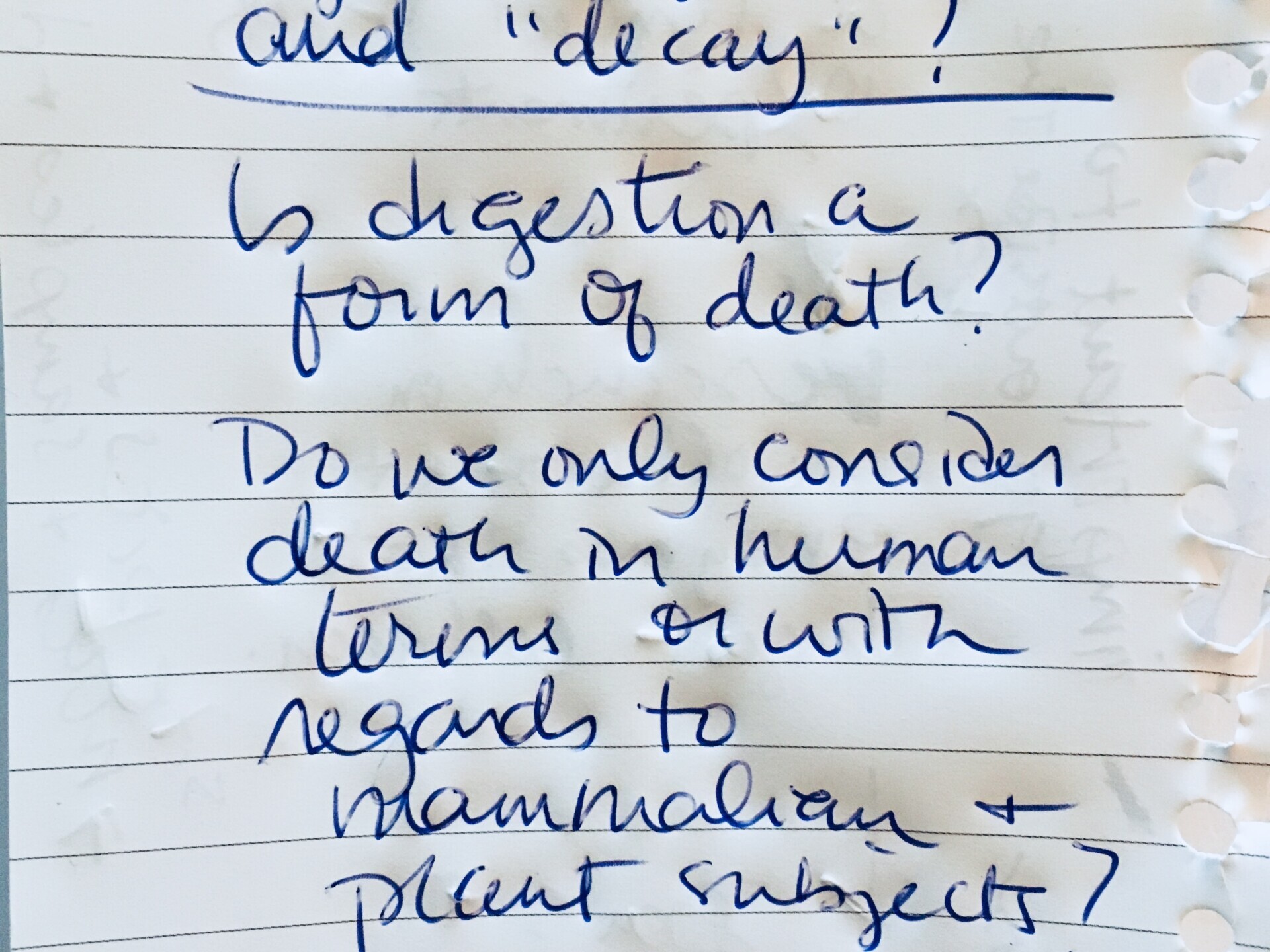WHITEFEATHER HUNTER / SPOROBOLE INTERFACE ART-SCIENCE RESIDENCY / ISOLATING INTIMACY
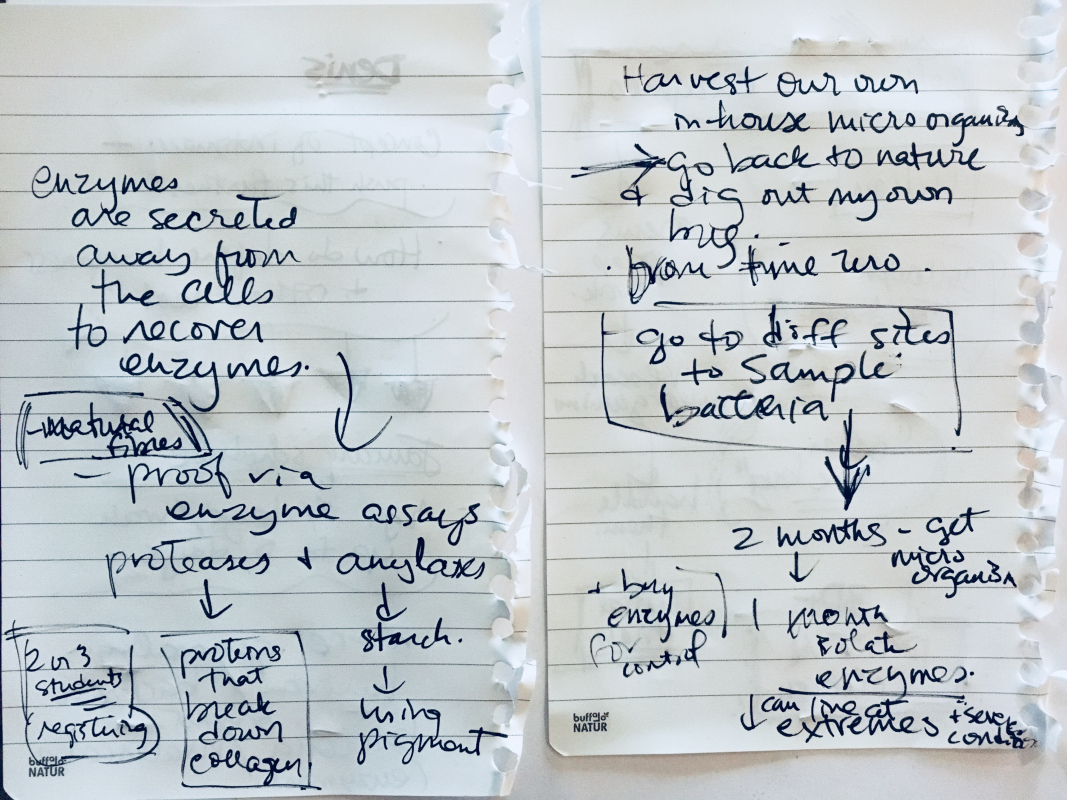
In looking at concepts of intimacy with/around micro-organic entities, relationship boundaries of ‘self’ and ‘other’ are of course necessary considerations, but so are the sites where this intimacy occurs and the processes by which it occurs.
(See here an excellent paper on “human-thrush entanglements” re Candida albicans, self and other, by my friend and former colleague at SymbioticA, Tarsh Bates).
If bacterial selves dominate, feed and nurture human selves, or inflame and wreak havoc that can lead to death, what relationship frameworks best encapsulate these intimate interactions? The two practical considerations of site and process can possibly help delineate this. One can also ask: are these the same relationship frameworks that describe bactointimate relationships with other materials? (Here I think through the bacterium, positioning otherhood onto anything else it interacts with, including human and animal others, plant matter, etc.)
In our next few months of research and experimentation, Denis and I will continue to actively push the centrality of bactointimacy as a theme, while focusing on site(s) and process(es), in and outside of the lab. Site is our first entry point for the research.
SITE
Tomorrow I will do a site visit, as part of a related research project with a Concordia-based group called Montreal Waterways. We’ll be visiting the site of the historic Village des Tanneries, in my old neighbourhood of St Henri. In fact, this site was recently demolished “on the sly” in order to make way for construction of the Turcot Interchange. I’ll be going to the former Tannery Village with the Montreal Waterways group to collect soil samples. This important (now destroyed) archaeological site was once a stinking cesspool of leather production – possibly a perfect site for sampling soil for the kind of bacteria that Denis and I would like to work with. The fact that this soil has been recently dug and disturbed up may turn out to be beneficial for taking samples, or it may hinder the possibility of attaining good live samples of the microbiota in the soil.
On the relevance of leather tanning/ Village des Tanneries:
Site profile: The Tannery Village would have been located awaaaaay, on the outskirts of 18th and 19th century Montreal, due to the stench. Leather tanning back in the day was a putrid business, incorporating the fermentation of urine and animal feces (in particular, dog and pigeon droppings as well as human urine collected in ‘piss pots’) in order to soften hides into usable product. The isolation of this site, also where Montreal’s poor once would have resided, speaks to its undesirability. The old colloquialism, “piss poor” references the trade in human urine used for leather tanning, whereby destitute families would daily collect pots of urine to sell their liquid gold to the tannery for cash. Woe to he who was “too poor for a pot to piss in.” The leather industry was especially prolific during this time of horse carriages and transport, for saddles, harnesses, reins and the like.
Not only is working with this site hugely interesting to me, partly because it relates to my ongoing research on urine fermentation and natural dye processes, but also because it represents an intersection point in Denis’ research with bacterial enzymatic processes and my own tissue engineering research. Equally interesting to me is that I keep returning, over and over again, to the ghost presence of horses in my work!
Denis and I have decided that we will work in his lab with bacterial enzymes that break down collagen and other collagen-like materials. The use of urine and feces for leather production is, more precisely, the use of specific types of bacteria that produce ammonia and enzymes that act on collagen to remove proteins and increase suppleness (usefulness). Denis is interested in going directly to the natural habitat of these bacteria in order to culture and isolate our own for our experiments. The soil samples from the Village des Tanneries will be the first site, but other sites may include places like an abattoir or butcher, or other places where meat/skins are handled. We will also purchase some of the isolated bacteria types from a supplier in order to have standardized controls, but we will first take the DIY approach. My experience with soil and water bacterial culture is limited, so I’m looking forward to better learning these techniques. Denis is an expert in this area and will do the first tests and develop the best protocols to follow. Once we isolate the bacteria, we will induce enzyme production and then isolate the enzymes for use on collagen.
What will we do with the collagen, exactly? Well, there’s a 3D printer ready to be hacked back at Université de Sherbrooke…
